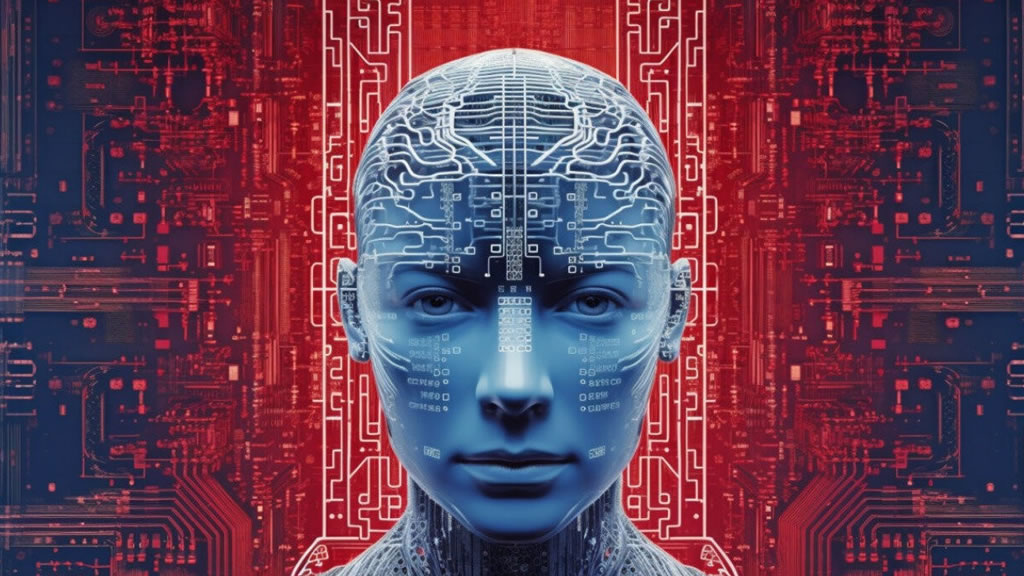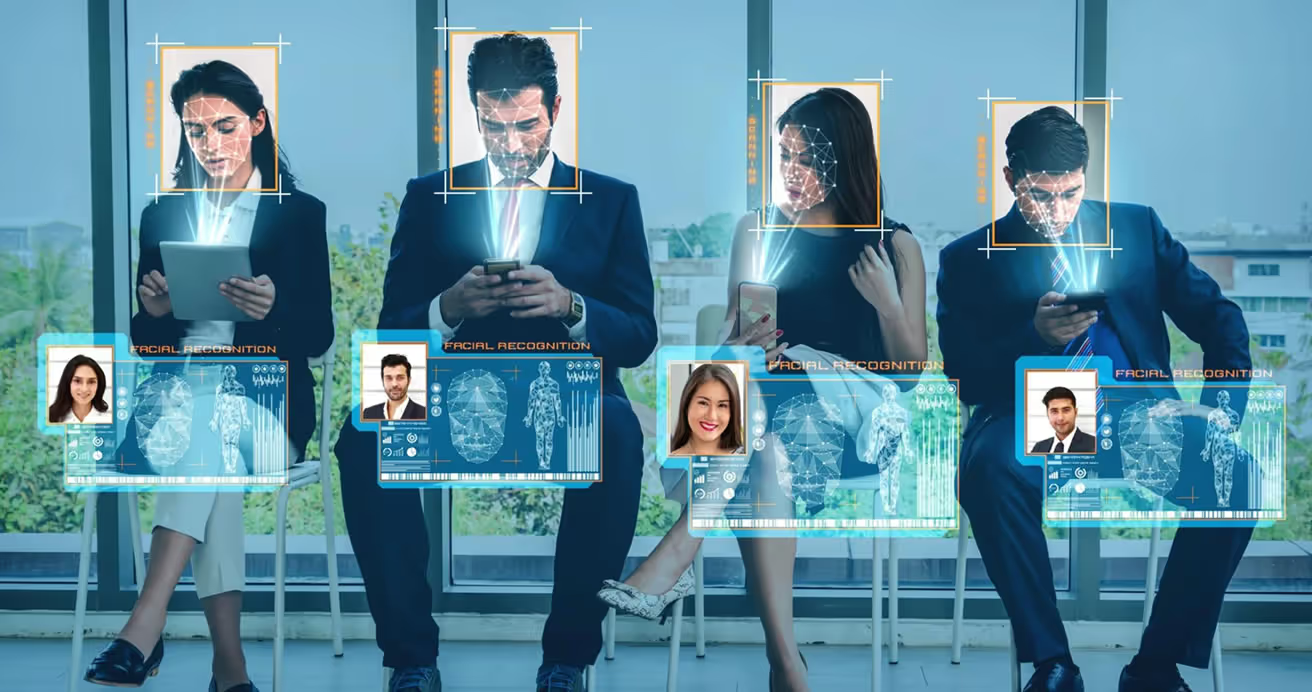Maximizing AI Potential: Choosing the Right Use Cases
Computer Vision
Computer vision is a subfield of artificial intelligence (AI) that focuses on enabling machines to visually perceive the world, interpret what they see, and understand it in a manner akin to human vision. The aim is to automate tasks that the human visual system can perform. This could be anything from recognizing objects or people, understanding content in images and videos, or even diagnosing diseases from medical imagery.
learn more
Natural Language Processing
Processing Power: NLP often involves dealing with large datasets and complex algorithms. Nvidia's H100, equipped with the latest GPU technology, has a high processing power that enables it to process these large amounts of data much faster than traditional CPUs.
NLP, or Natural Language Processing, is a subfield of artificial intelligence that focuses on the interaction between computers and humans through natural language.
The goal of NLP is to enable computers to understand, interpret, and generate human language in a valuable way. It involves several tasks, including translation, sentiment analysis, speech recognition, and topic segmentation, among others.

Autonomus Driving
Autonomous driving, or self-driving, is a technology that allows vehicles to operate without human intervention. It's one of the most prominent applications of Artificial Intelligence (AI) and machine learning. Here's how AI helps autonomous driving, how AI hardware can enhance it, and who uses it:
learn more
Life Science
Artificial Intelligence (AI) plays a pivotal role in transforming the field of life sciences, offering immense potential in areas like drug discovery, genomics, personalized medicine, and more. Here's how AI aids life sciences, how AI hardware can enhance it, and who uses it
Drug Discovery: AI algorithms can analyze biological and chemical compounds, predict their interactions, and accelerate the process of drug discovery

Medical Image Processing
AI revolutionizes medical image processing by automating and enhancing various tasks. With advanced algorithms and deep learning models, AI can accurately analyze medical images, aid in diagnosis, and improve patient care. From detecting anomalies and tumors to segmenting organs, AI's capabilities optimize efficiency and accuracy in the medical field, ultimately leading to better treatment outcomes and saving lives.
AI's applications in medical image processing have transformed the way healthcare professionals analyze and interpret imaging data. By leveraging powerful algorithms and neural networks, AI can quickly and accurately process medical images, significantly reducing the time taken for diagnosis and treatment planning.

Explore Advanced AI Tools
Take the leap into the future of innovation! Embrace the power of AI and supercharge your projects today.
contact sales









